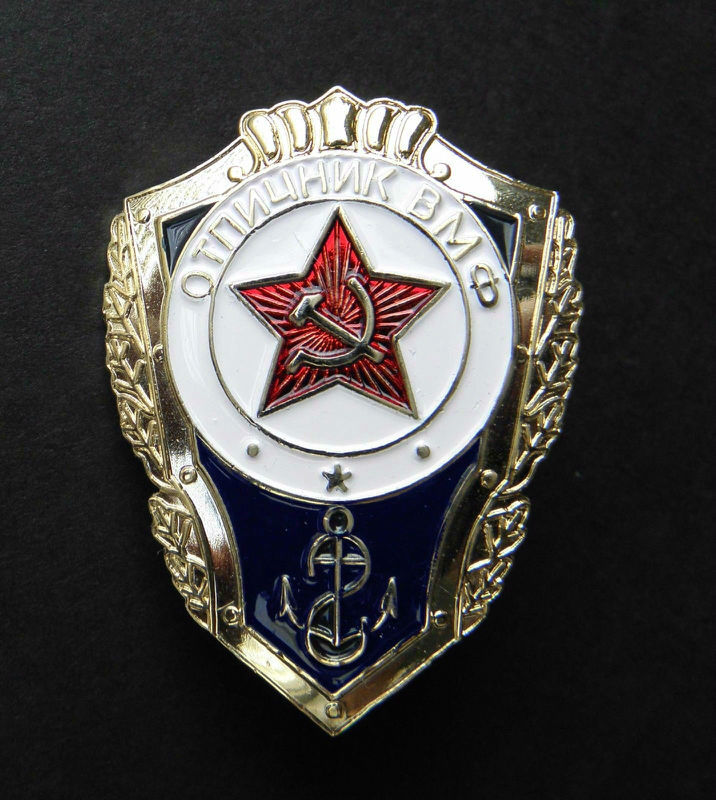

Finally – and in line with the primary focus of our research – identifying with the Soviet Union may stem from hostility towards perceived western interference and a desire to expand Russia’s borders to include parts of the former Soviet Union – the so-called 'near abroad'. It can also manifest as a desire for direct worker participation in politics, and a rejection of 'elitist' forms of representative liberal democracy. These tend to include nostalgia for Soviet era economic and welfare policies as well as a cultural nostalgia for a particular Soviet 'way of life' and traditional values. Identification with the Soviet past can derive from many sources. Department of Politics and International Relations, University of Oxford, Author providedīut is this growth in Soviet identity motivated by support for Putin’s expansionist policies? In other words, did the annexation of Crimea create a bedrock of expansionist support for the Kremlin’s military assault on Ukraine in 2022? Data: Survey conducted by R-Research Ltd. In this figure, we report the differences between the predicted probabilities that Putin voters would identify with either the Russian Federation or the Soviet Union, holding all other factors (including controls for age and economic affluence) at their means. As the graph below shows, after we have controlled for age and affluence – two variables that are strong predictors of identifying with the Soviet Union, with older and less affluent people more inclined to identify with the USSR – the probability that Putin voters are likely to be Soviet rather than Russian identifiers increases significantly after 2014. This pattern was also evident among Putin’s supporters. Department of Politics and International Relations, University of Oxford, Author provided. Survey asks respondents to consider the statement: ‘I identify more strongly with the Soviet Union than I do with the Russian Federation.’ The responses are reported in percentages. By 2021, almost 50% of those surveyed identified with the Soviet Union rather than the Russian Federation. Surveys we have conducted throughout the Putin period show that Soviet identification among the general population – something that had been steadily declining after the collapse of the Soviet Union in 1991 – began to increase in 2014, when the Russian government annexed Crimea and supported rebellions in the Ukrainian regions of Luhansk and Donetsk. People’s identification with the Soviet Union appears to have a clear and growing basis in Russian public opinion.


 0 kommentar(er)
0 kommentar(er)
